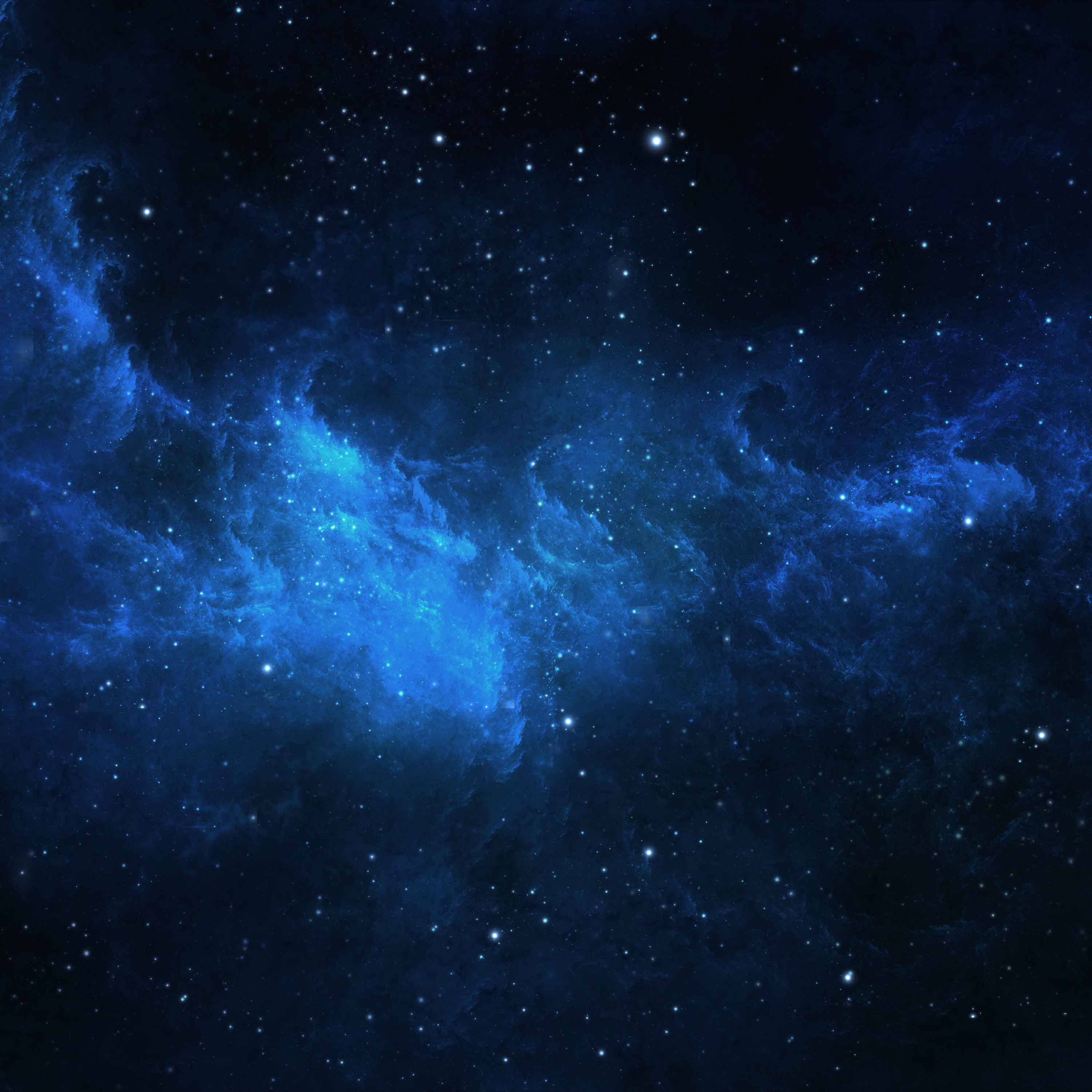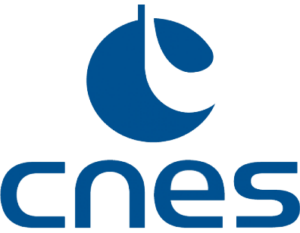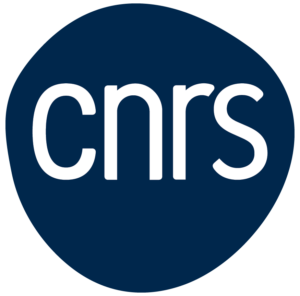HARMONI (High Angular Resolution – Monolithic – Optical and Near-infrared – Integral field spectrograph) is one of the first-light instrument for the ESO-European Extremely Large Telescope.
Optics & Instrumentation R&D Group
Innovative detectors and focal planes
Innovative detectors and focal planes are crucial developments to take the next leap for astronomical observatories. Reducing the read-out noise, increasing the quantum efficiency, enable large format low noise detectors, as well as curved ones, are amongst the main challenging activities. Moreover, shaping the beams before the detector plane is a fundamental step that can benefit from innovative developments on freeform optics and novel optical design methods.
Presentation
Innovation and Research in Instrumentation and Systems
The LAM R&D group was founded in 1970 by André Baranne. It is currently composed of 13 researchers and astronomers, and hosts about 15 PhD students and postdoctoral fellows each year. It gathers LAM staff and ONERA staff seconded to the LAM.
The research activities of the R&D group concern the improvement of optical and infrared instrumentation for astronomy. The group follows on the one hand a long term mission of development of innovative instrumental concepts, and on the other hand a mission of practical realization of instruments by participating in major astronomical instrumentation programs (e.g. VLT-SPHERE, ELT-HARMONI). Our research activities open the way to developments outside astronomy, in particular in connection with bio-medical applications and for Earth observation. We count among our partners actors such as CNES, ESO, ESA, and NASA.
The research themes of the group are structured around four scientific topics:
– The design and fabrication of mirrors of very high optical quality
– The design of advanced detectors and the innovative use of focal planes
– Adaptive optics
– High contrast imaging
The current heads of the team are Benoit Neichel and Elodie Choquet.




